What is sexual and gender-based harassment?
Sexual and gender-based harassment is harassment or behaviours based on gender or sex that create a risk of harm at work including:
- sexual harassment
- sex- or gender-based harassment and discrimination
- hostile working environments, and
- gendered violence.
WHS laws require PCBUs to manage all WHS risks. If a hazard may cause harm to workers or others, then it must be managed even if:
- it doesn’t meet the definition of ‘sexual and gender-based harassment’ under another legal framework (e.g. under the Sex Discrimination Act 1984)
- it doesn’t meet the thresholds set by another legal framework (e.g. the form of harassment is not ‘serious enough’ to be a criminal matter)
- the ‘harasser’ may not be culpable for their actions (e.g. in some contexts, behaviour by patients or minors towards workers may be described as sexually inappropriate behaviours), or
- there is more than one legal framework that might apply.
Sexual and gender-based harassment may come from:
- other workers (e.g. managers, supervisors, colleagues or subordinates)
- others you share a workplace or work with (e.g. workers from other businesses in the same building), or
- third-parties (e.g. customers, clients, patients, students, visitors and others).
Where it may occur
WHS laws apply at work. This means anywhere work is done or any place a worker goes, or is likely to go, at work. Workplace sexual and gender-based harassment can occur:
- at the usual workplace
- while working remotely (e.g. working from home or in a client’s home)
- at work-related activities (e.g. conferences, training, work trips or events such as workplace Christmas parties)
- virtually (e.g. by phone, email or online such as over social media), or
- at worker accommodation (e.g. accommodation provided at fly-in, fly-out sites).
Who is affected?
While anyone can experience sexual or gender-based harassment, women are more likely to experience it. Other factors which may increase the likelihood of experiencing sexual or gender-based harassment include:
- being new to the workforce or under 30
- not conforming to traditional gender stereotypes or being LGBTIQA+
- Aboriginal or Torres Strait Islander workers
- workers with a disability
- migrant workers or workers holding temporary visas
- workers from culturally and linguistically diverse backgrounds, and
- people in insecure working arrangements (e.g. casual or labour hire).
Sexual and gender-based harassment also includes behaviour that is not directed at a particular person but affects someone who is exposed to it (e.g. overhearing a conversation or seeing explicit posters).
Impacts
Sexual and gender-based harassment can cause physical and psychological harm to the person it is directed at and anyone witnessing the behaviour (e.g. physical injuries from assault, mental health conditions, stress or stress related illness). It can also lead to significant social and economic costs for workers, their families, the organisation and the wider community.
